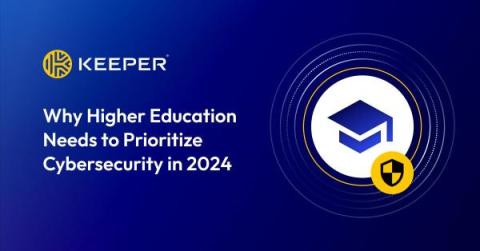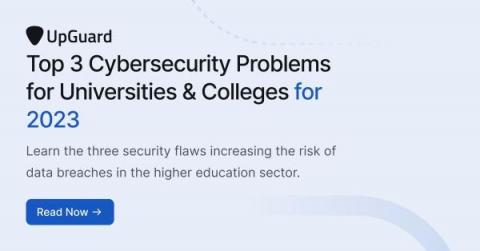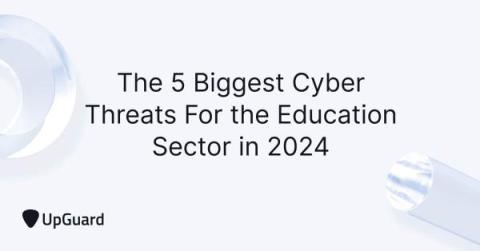Security | Threat Detection | Cyberattacks | DevSecOps | Compliance
Education
Why Higher Education Needs to Prioritize Cybersecurity in 2024
The State of University Cybersecurity: 3 Major Problems in 2024
The 5 Biggest Cyber Threats For the Education Sector in 2024
What Role Does Cybersecurity Awareness Play in Education?
Cybersecurity is an essential consideration for any organization that deals in the digital sphere on any level, and the education sector is no exception. In recent years, the global pandemic and technological advances have led to a massive shift toward online learning, which has posed a number of challenges to educators and administrators. Facilitating digital education presents a logistical maelstrom that many educational institutions are not prepared to handle.
Don't Let the Cyber Grinch Ruin your Winter Break: Project Cybersafe Schools protects small school districts in the US
As the last school bell rings before winter break, one thing school districts should keep in mind is that during the winter break, schools can become particularly vulnerable to cyberattacks as the reduced staff presence and extended downtime create an environment conducive to security lapses. Criminal actors make their move when organizations are most vulnerable: on weekends and holiday breaks.
Actionable Strategies To Switch To A Career In Cybersecurity
AI in the Classroom: Enhancing Math Problem Solving Skills with Smart Technology
Developer Education - GitGuardian Supports Your Learning Style
Discover GitGuardian's diverse educational resources! From videos to podcasts and docs to hands-on learning, get a handle on secrets sprawl at your pace and style.











